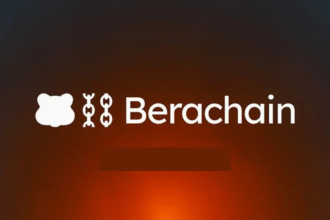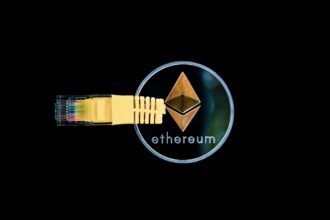Cardano has officially launched Hydra Node version 1.0.0, marking a major milestone in its long-term scalability roadmap.
The upgrade, announced on GitHub, transitions Hydra from an experimental Layer-2 solution into a production-ready protocol designed to power high-speed, low-cost blockchain transactions.
Hydra is a Layer-2 (L2) scaling protocol built on the Cardano blockchain. Through a unique design known as “Hydra Heads,” users can execute transactions off-chain without congesting the main network.
This architecture significantly boosts transaction speed, efficiency, and scalability which are key elements needed for large-scale adoption of decentralized applications (dApps) and real-time payments.
Hydra Node 1.0.0 Strengthens Cardano Scalability
The release of Hydra Node 1.0.0 represents a defining moment for Cardano scalability. Last year, the Hydra team demonstrated the protocol’s capacity to process more than one million transactions per second (TPS) in a Doom gaming test.
This unprecedented throughput showed Hydra’s potential to make Cardano one of the most scalable blockchain networks in the industry. The new version comes with several important improvements and fixes.
These include the ability to submit transactions directly to Hydra Heads, support for partial deposits, bug fixes for outdated information in the TUI, improved API responses, and enhanced HTTP status codes.
Hydra 1.0.0 is also compatible with Cardano node 10.4.1, cardano-cli 10.8.0.0, and mithril 2524.0, ensuring smooth integration with the broader Cardano ecosystem.
One of the most notable ongoing challenges remains the “partial fanout” issue, which affects how data spreads across the network. The Hydra team acknowledged this limitation but emphasized that version 1.0.0 lays a strong foundation for future upgrades and solutions.
A New Era for Cardano Builders
According to the development team: “This release represents our intention to continue to support our Hydra Head protocol implementation into production environments. We believe we’ve built a strong product for others to build on, and we will continue to work on adding powerful new features, showcasing Hydra’s capability, and addressing user issues.”
The upgrade is expected to unlock new opportunities for developers building high-performance dApps, payment systems, and onchain solutions on Cardano. With enhanced speed and reduced costs, Hydra could position Cardano as a leading blockchain for Web3 builders.
Charles Hoskinson Celebrates Hydra Milestone
Cardano founder Charles Hoskinson also expressed optimism about the release, noting that Hydra can process massive transaction loads without network congestion.
He referenced the January Solana network outages as an example of how Cardano’s scaling strategy could handle similar challenges without disruption.
Hoskinson added that he expects Hydra to make significant progress by 2026, reinforcing Cardano’s position as a future-ready blockchain ecosystem. Following these positive developments, he believes ADA can 1,000x faster compared to bitcoin.






